At NORTH RIVER OUTDOORS (NRO), We get asked many times what essential gear to carry in your backpack and emergency bug out gear bag. To keep things simple, we created a good starting list at the very bottom and included ten essential items from the American Hiking Society.
For those who want to gain more hands-on experience, you should attend our regular Outdoor Skills: Backpacking Essentials and Bug-out Class. This class is geared to teach you what to carry in your pack for hiking, camping and through emergency disasters. In this class, various outdoor experts and adventurers teach about what’s needed in a pack, bug-out bag and a Vehicle Emergency Kit. This class is a great way to gain experience to know how to pack and handle your gear. Class & Training Schedule can be viewed here.
The 10 Essentials for Hiking
By: American Hiking Society
Ten Things You Should Bring on Every Hike
- Appropriate footwear. For a short day hike that doesn’t involve a heavy pack or technical terrain, trail shoes are great. For longer hikes, carrying heavier loads, or more technical terrain, hiking boots offer more support.
- Map and compass/GPS. A map and compass not only tell you where you are and how far you have to go, it can help you find campsites, water, and an emergency exit route in case of an accident. While GPS units are very useful, always carry a map and compass as a backup.
- Extra water and a way to purify it. Without enough water, your body’s muscles and organs simply can’t perform as well. Consuming too little water will not only make you thirsty, but susceptible to hypothermia and altitude sickness.
- Extra food. Any number of things could keep you out longer than expected: getting lost, enjoying time by a stream, an injury, or difficult terrain. Extra food will help keep up energy and morale.
- Rain gear and extra clothing. Because the weatherman is not always right. Dressing in layers allows you to adjust to changing weather and activity levels. Two rules: avoid cotton (it keeps moisture close to your skin) and always carry a hat.
- Safety items: fire, light, and a whistle. The warmth of a fire and a hot drink can help prevent hypothermia. Fires are also a great way to signal for help if you get lost. If lost, you’ll also want the whistle as it is more effective than using your voice to call for help (use 3 short bursts). And just in case you’re out later than planned, a flashlight is a must-have item to see your map and where you’re walking.
- First aid kit. Prepackaged first aid kits for hikers are available at any outfitter. Double your effectiveness with knowledge: take a first-aid class with the American Red Cross or a Wilderness First Aid class.
- Knife or multi-purpose tool. These enable you to cut strips of cloth into bandages, remove splinters, fix broken eyeglasses, and perform a whole host of repairs on malfunctioning gear.
- Sun screen and sun glasses. Especially above tree line when there is a skin-scorching combination of sun and snow, you’ll need sunglasses to prevent snow blindness and sunscreen to prevent sunburn.
- Daypack/backpack. You’ll want something you can carry comfortably and has the features designed to keep you hiking smartly. Don’t forget the rain cover; some packs come with one built-in. Keep the other Essentials in the pack and you’ll always be ready to hit the trail safely.
BONUS: Trash Bag. This 11th piece of gear is essential to making sure that the trails you love stay beautiful for generations to come. A zip lock bag is a great option as well for keeping the trash you pick up along the trail separate from the rest of your gear.
Bug Out Bag (also called a “Go Bag” or a “72 Hour Survival Kit”)
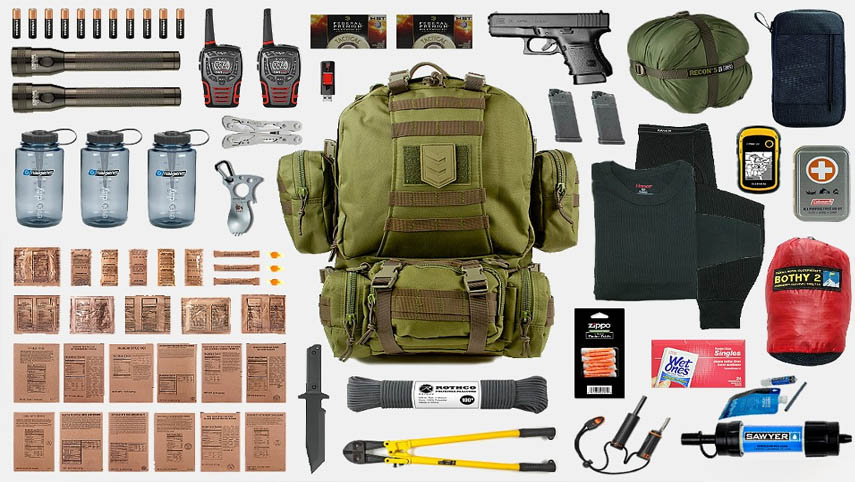
A Bug Out Bag is an absolute essential part of disaster planning and preparedness. There are many types of disaster and can strike at any moment.
- A hurricane warning might mean you need to evacuate your home. Having your Bug Out Bag packed could make the difference in getting out before the crowds.
- An earthquake could force you to flee your home. The items in your Bug Out Bag could treat your injuries and provide you with shelter until the chaos dies down.
- An EMP event might result in a complete grid outage and anarchy. This situation might not seem likely, but if it did, you’ll be glad to have your Bug Out Bag packed!
The Heritage Foundation says, local governments are often overwhelmed during large-scale disasters. People often rely on State and Federal governments to help in the disaster situations. However, it takes an average of 72 hours for state and federal governments to respond. Because you can’t rely on the government to help you right away (or at all, depending on the type of disaster), you should be self-sufficient for at least three days. You should also think about packing your gear for your Bug Out Bag for even longer periods of time!
When packing your next Bug Out Bag consider the following questions:
- Are there any specific conditions where you live?
- What are the most likely disasters to occur in your area?
- How many people will be in your group or family?
- Special considerations for people in your group (such as children, elderly, health issues…)
Hiking & Bug Out Bag Checklist
- Water: 1-3 quarts per person
- Water Bottle
- Water treatment method: Such as a filter, water purification tabs, etc.
- Tent, Tarp or Hammock
- Sleeping bag, bivvy bag, or emergency blanket
- Survival food: Protein Bars or MREs
- Fire Starter
- First aid kit: See a checklist of Bug Out Bag first aid items here
- Hygiene kit: Such as toothbrush and paste, baby wipes, TP, feminine items…
- Change of Clothes
- Toiletries (Wipes, Travel Sizes)
- Rain jacket
- Brimmed hat: To protect your eyes from sun and rain
- Boots
- Survival Knife
- Paracord
- Food: Meals & Trail Snacks
- Heavy duty work gloves
- Face mask: Read how to choose a face mask here
- Emergency Light: More than one headlamp, flashlight, chemical lights
- Emergency Radio
- Vital Documents: Scan on Encrypted USB Drive
- Cell Phone & Battery Banks
- Cash: At least $50 is recommended
- Compass
- Maps: With evacuation route marked
- Waterproof cover and/or dry sack
(Optional Items)
- Camping Stove & Cook Set
- Bug Repellent
- Crowbar
- Lock picking set
- Pocket Saw
- Sewing kit
- Spare glasses and glasses case
- Folding shovel: Guide to best survival shovels here
- Trash bags
- Spare batteries
- Charging kit: Such as a solar charger for phones and batteries
- Duct tape
- Hand warmers
- Comfort and personal items: Such as toys for kids, playing cards, a book
- Self-defense / Protection: Firearm, Multi-Tool, Knife, or Axe


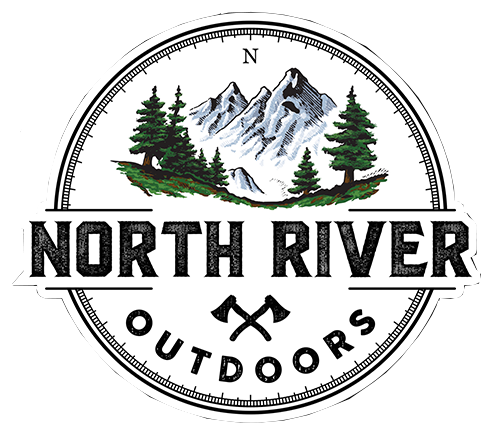
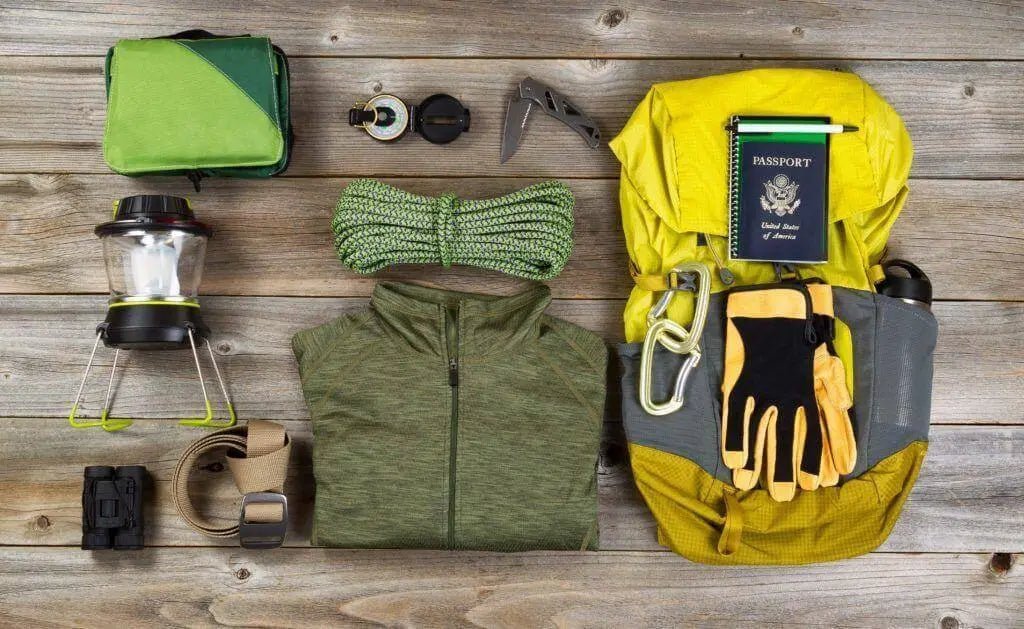
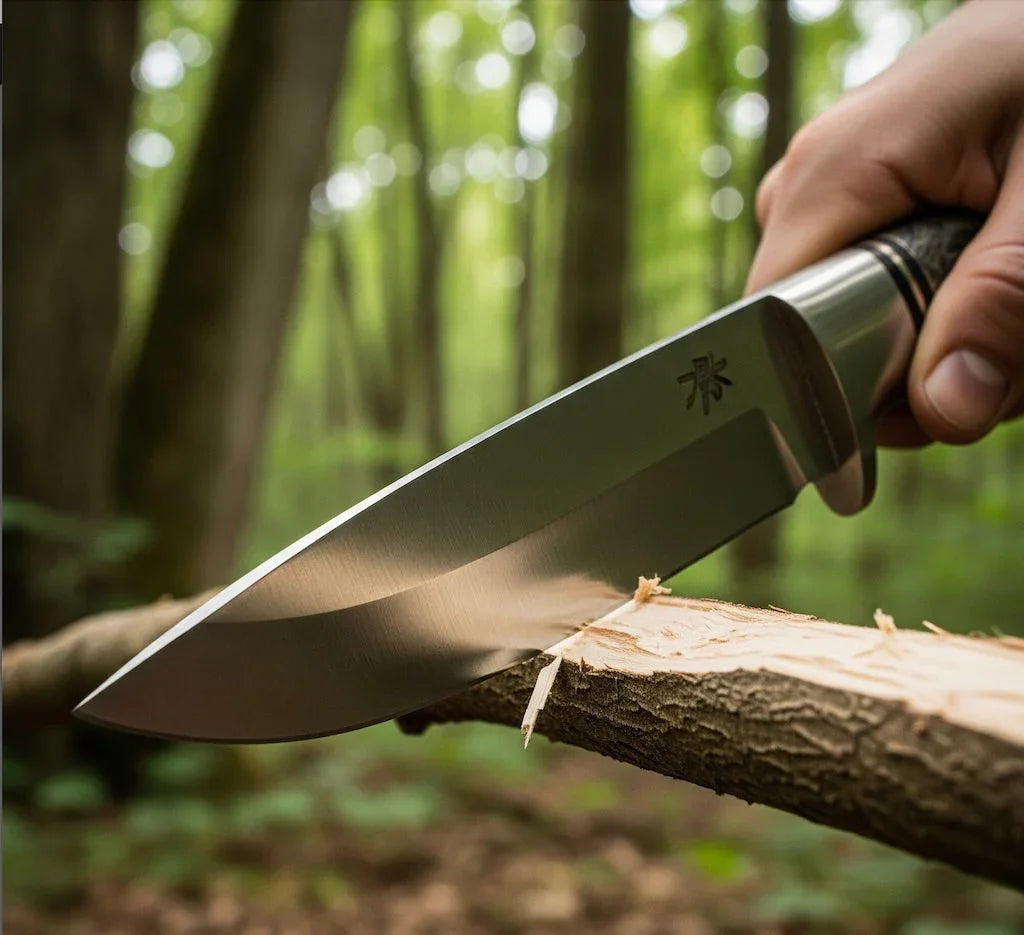
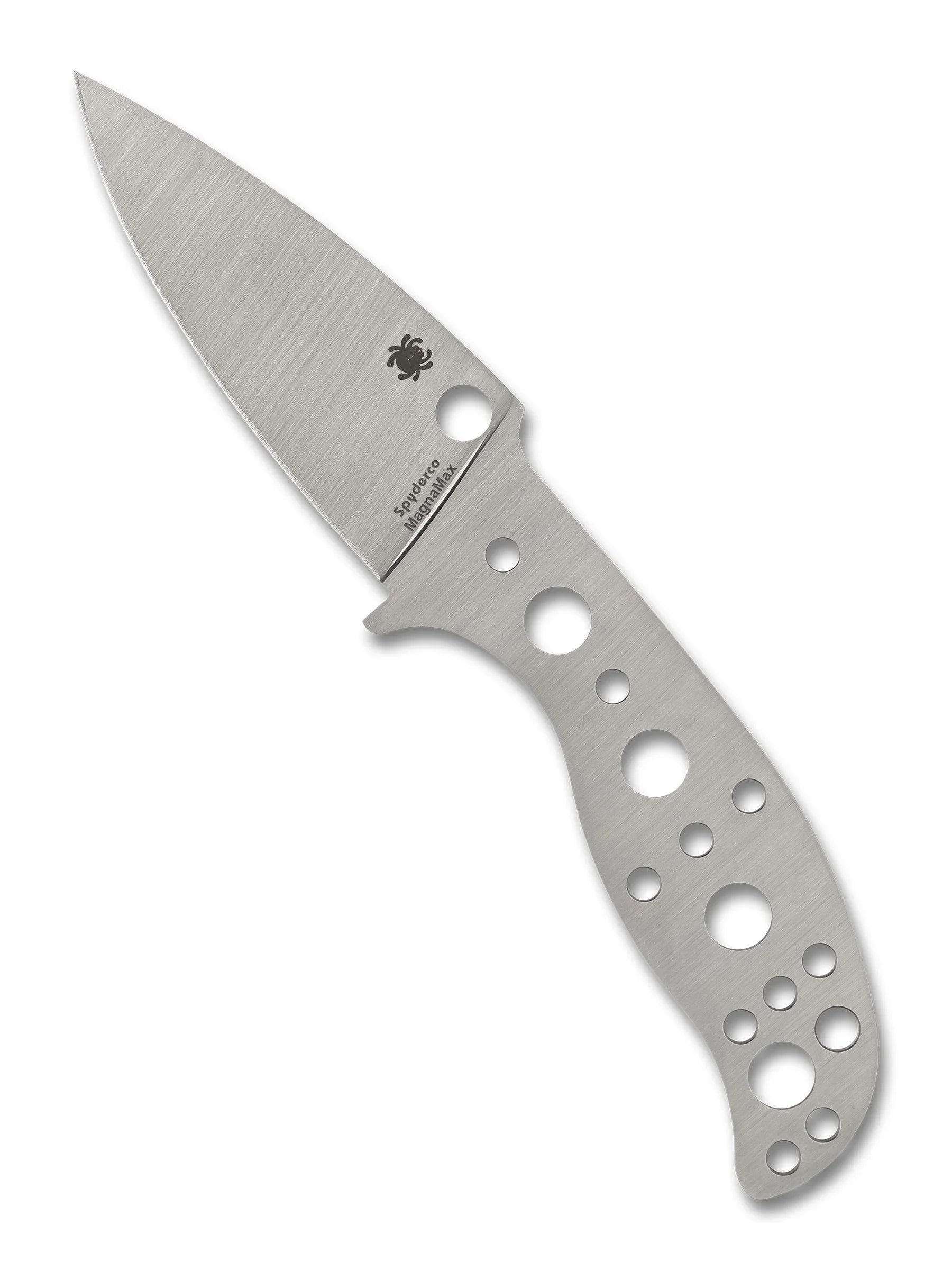


 https://www.northriveroutdoors.com
https://www.northriveroutdoors.com
Share:
Council Tool Axes at NRO
Darn Tough Socks